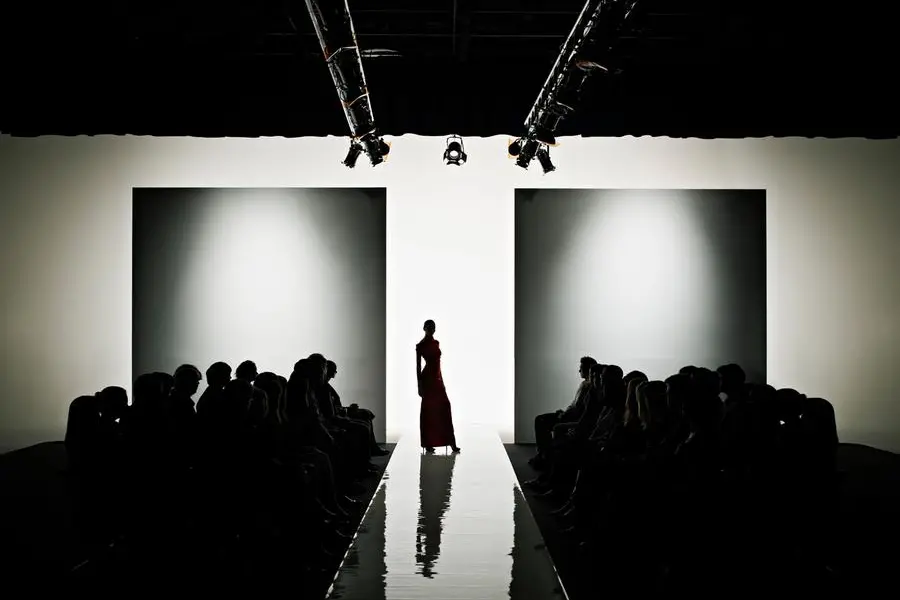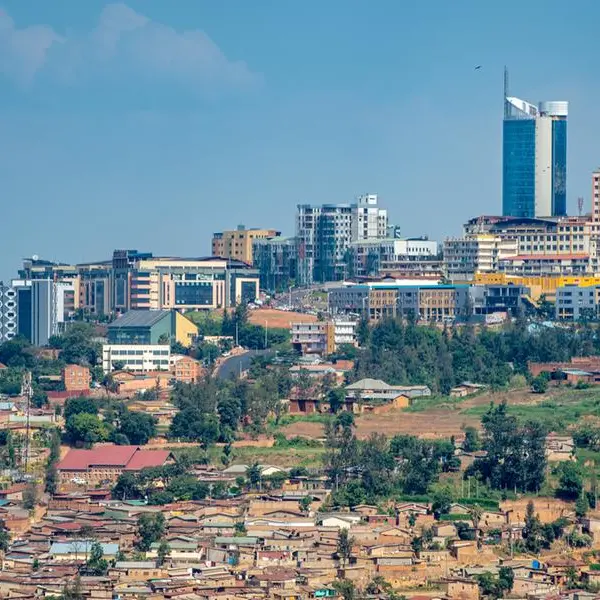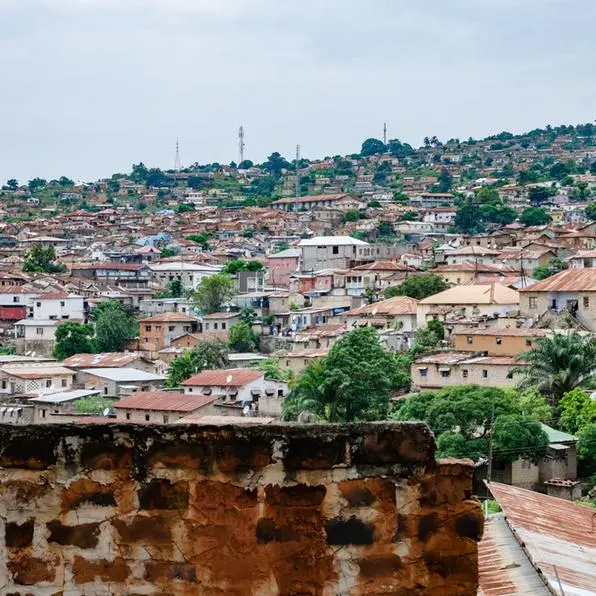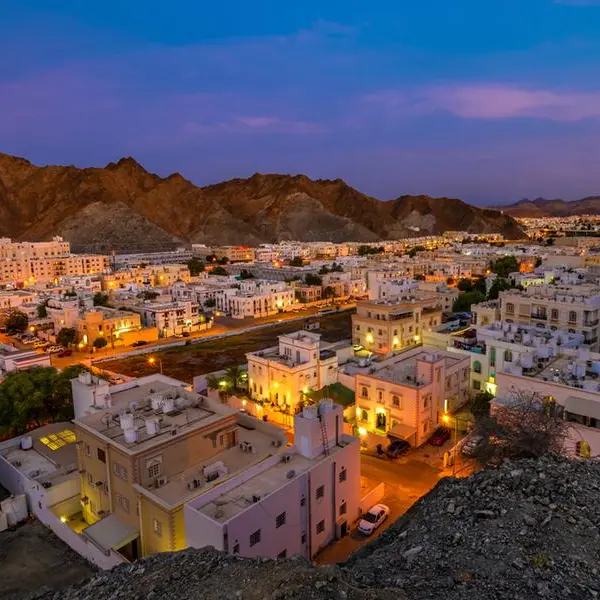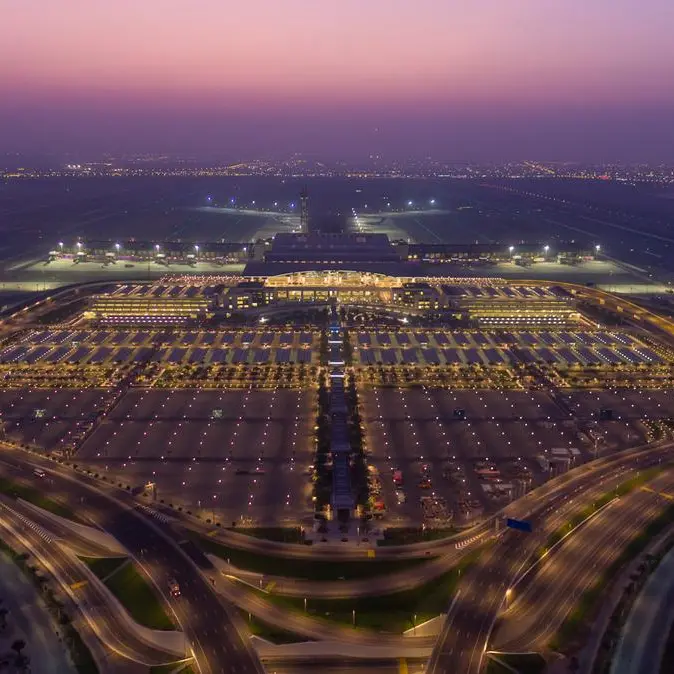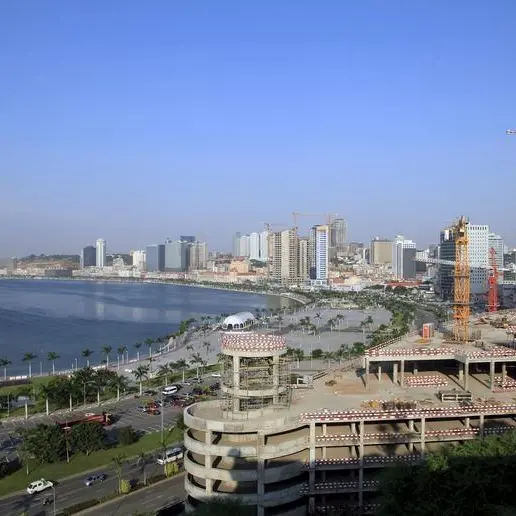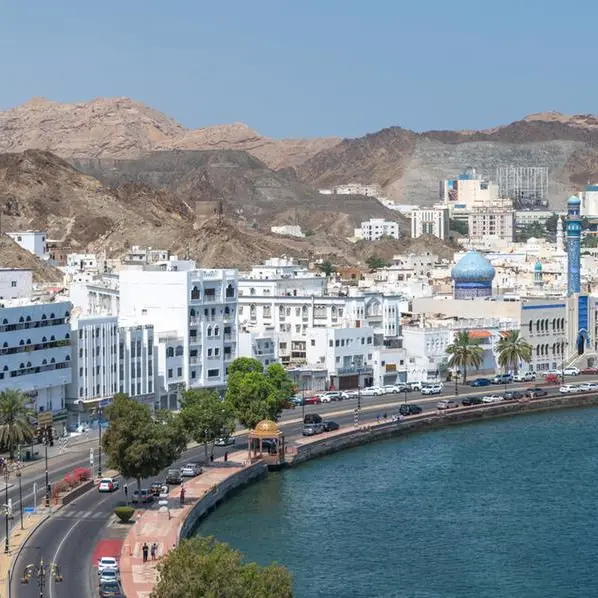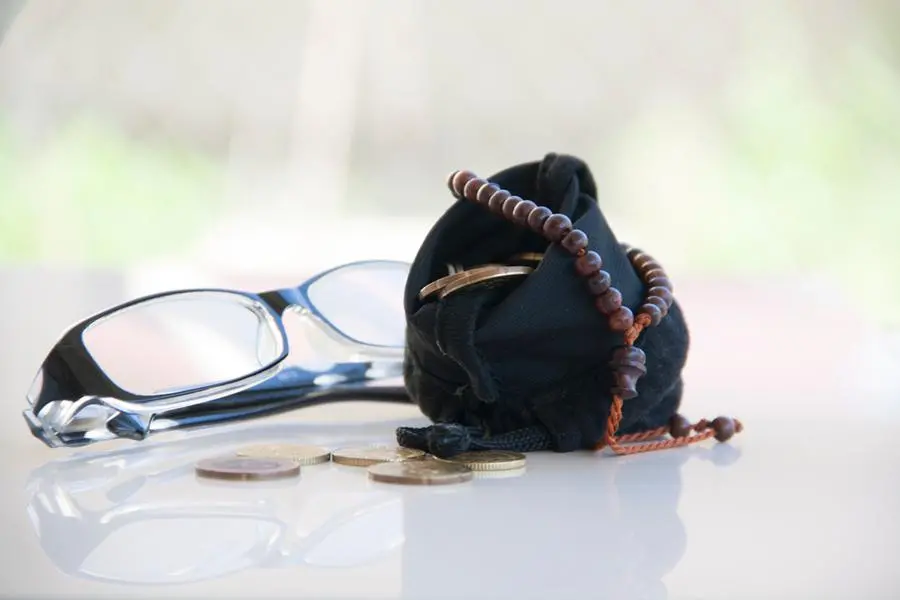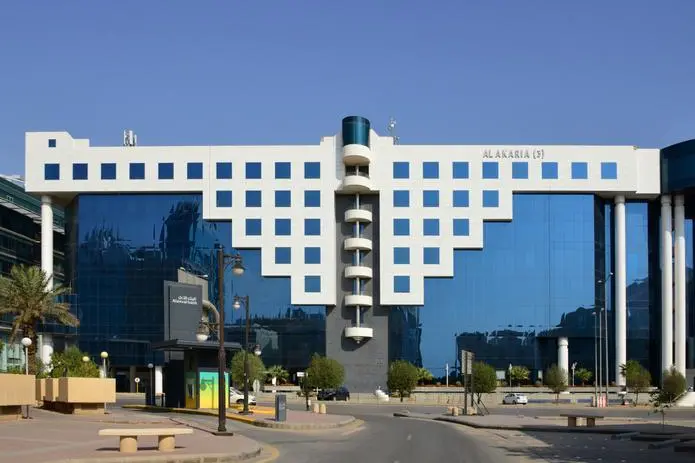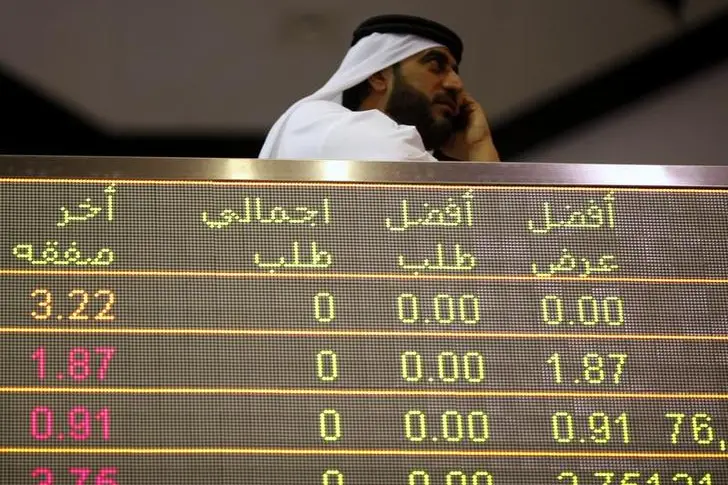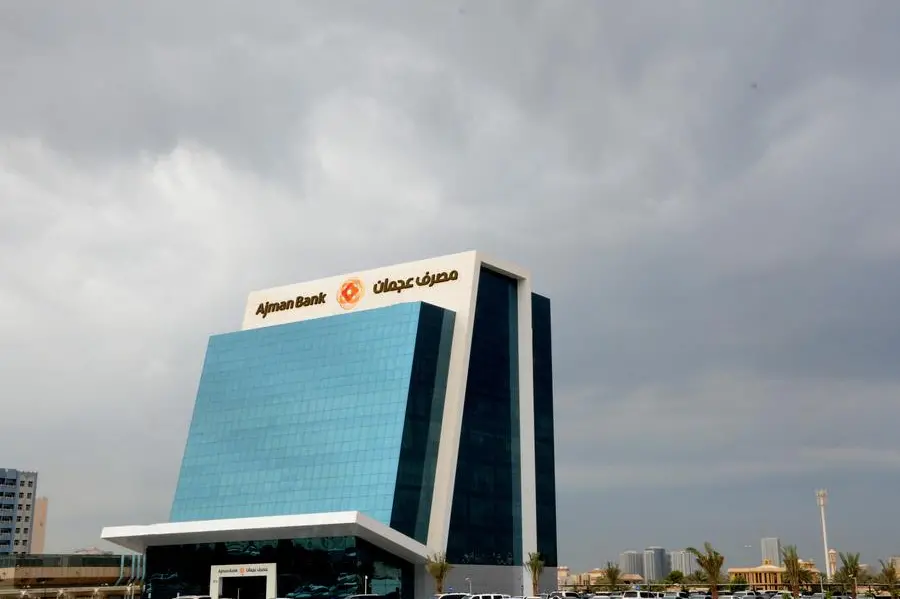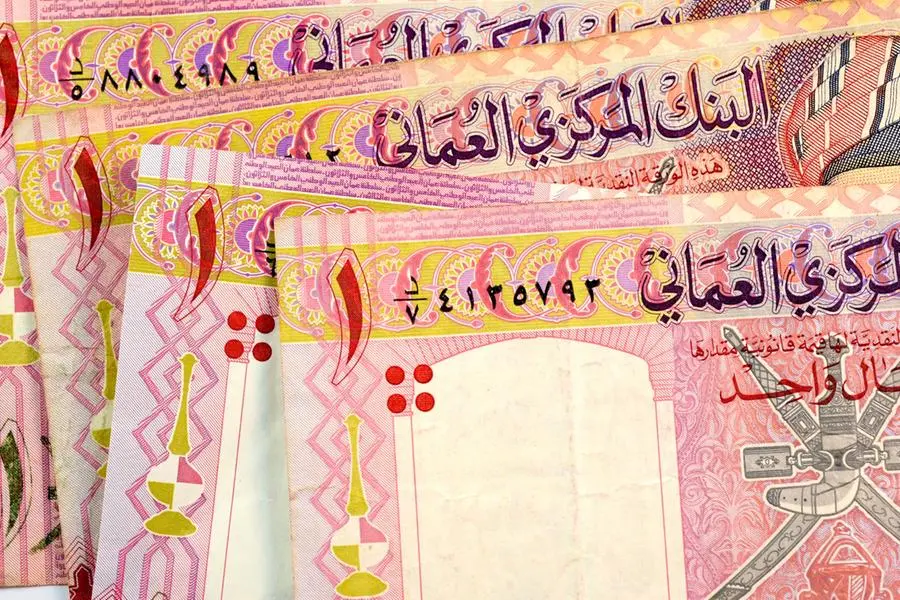PHOTO
Silhouette of female model at fashion show wearing gown standing at entrance to catwalk in front of crowd. Getty Images Image used for illustrative purpose.
Dima Ayad understands the soft power of fashion. A well-known name in the region, she has worked in public relations for many years and launched her own PR agency, DAC Communications, in 2020. She primarily operates in the hospitality and beauty industries. She is also the founder and creative director of her eponymous fashion label, Dima Ayad, which is known for its size inclusivity offering sizes ranging from XS to 4XL.
Being a curvy woman herself, Ayad started the label in 2010 when she found it difficult to get clothing options that suited her body type. She recently became the first designer to launch a size-inclusive brand on the luxury e-commerce platform, Net-A-Porter. She has often spoken out against labels that charged more for clothing larger women, commonly referred to in the industry as a ‘fat tax’.
At the most recent edition of Dubai Fashion Week, Ayad opened her show with a video presentation featuring watermelons — the Palestinian symbol of peace, and a clip from Charlie Chaplin’s The Great Dictator, which addresses humanity. The collection includes pieces designed for petite, mid-size, and plus-size women, with body ‘inclusivity’ remaining the focus of her label. She has a penchant for bright colours, metallics, and polka dots this season. These are clothes created for women who want to make a statement with their attire. It’s no surprise that the Italian plus-size label Marina Rinaldi, part of the Max Mara Group, chose to collaborate with her. The collection will be available at the brand’s store in Dubai Mall and selected stores worldwide. Edited excerpts from an interview:
From Net-A-Porter to Marina Rinaldi — how have you become the pin-up girl for plus-size fashion?
Honestly, I believe that designing clothes for all body types and advocating for it is a significant differentiator in itself. I don’t see many brands doing that. It’s important that I’m a larger size. I can relate to the challenges that women of a certain size face.
Where does the Arab world stand in the body positivity conversation?
In all honesty, it’s barely discussed or tapped into. When was the last time you saw diversity on the covers of regional publications? If the models weren’t super-slim, they were famous for something else. Models of a regular size on a cover in a regular month are few and far between. Advertisers also play a major role in this — who they want to showcase their jewellery and luxury clothing on (which often doesn’t carry larger sizes). The conversation does come up occasionally, and I’ve never been ‘shadow banned’ from having discussions about it, but these conversations tend to fade after a while.
Your views on the ‘fat tax’?
I’m appalled by the term and what it represents. Perhaps this tax should apply to everything and everyone who indulges in excess.
Is body positivity really part of the mainstream fashion conversation, or is it just tokenism?
Most definitely tokenism. Inclusion was a buzz for a while, but we’ve seen a decline in recent seasons with the emergence of brands like Ozempic and Mounjaros. In my opinion, ‘body positivity’ is a wrong term. ‘Body inclusion’ is more accurate. Feeling positive about one’s body is subjective. Inclusion in the fashion conversation and having one’s size available in stores is a necessity.
What does size inclusivity mean? Can you define it?
Inclusivity means being included, having sizes available, being part of the fashion conversation, feeling like you belong through editorials, size availability, and the promotion of people who look like you.
It’s strange that a majority of women are mid-size (between UK size 10 and 16), yet fashion often ignores them. What do you think?
You’re absolutely right. It’s an all-or-nothing vibe in the fashion world, with only a few representing the mid-size category. Jilla Tequila is a perfect example of mid-size beauty.
Who have been your supporters, and how important is it to have that support group?
The media in our region has been incredibly supportive. Women who buy Dima Ayad’s creations, as well as my closest friends and family, have played a significant role. I’m grateful for all the support, as it has helped me advance in the fashion industry.
Who are the designers you look up to and why?
There are a few, and each has a unique reason. I’ll start with Alber Elbaz of Lanvin, who made me fall in love with fashion and who believed in diversity from the start. He always advocated varied shapes, sizes, and age groups. His use of fabrics, the flow, and drape of his iconic dresses are remarkable. Schiaparelli is another designer I admire for the artistic pieces he creates; he speaks a language of fashion love. Valentino, a fashion house that redefines couture while effortlessly creating timeless and glamorous daywear.
How did the Marina Rinaldi — Dima Ayad collaboration happen?
I’ve been a loyal customer of Marina Rinaldi for a very long time. When I travel, I always stop at their stores, and on many occasions, I suggested to the store manager in London that we should collaborate. We share many common customers. It started as a passing conversation until I received the call to collaborate. At first, I didn’t take it seriously.
Tell us more about the Marina Rinaldi - Dima Ayad collection. Can you run us through a few of the pieces?
There are seven silhouettes that have been created. I’ve created a suit in two colours, black and fuchsia, embellished with crystals. It’s always been a dream of mine to have an evening blazer in my size. It’s a timeless piece that will surely remain in women’s wardrobes for a long time. There’s also a golden woven kaftan — a festive must-have piece. An embellished kaftan in emerald green and black with the signature Dima Ayad silhouette, which we feature every season, is extremely flattering. We’ve also incorporated pleats, but in the Dima Ayad style. Purple is my favourite colour, and amethyst is my birthstone, so watch out for how we’ve played with purple.
You collaborated with shoe designer Malone Souliers. For a regional designer, how does working with international brands help?
It was an incredible experience as I had never worked with shoes before. Collaborating with them has given a regional designer global exposure.
Do you feel Arab designers are getting the attention they deserve, especially when it comes to contemporary wear?
This is definitely a work in progress, and we need more attention on this category in fashion in our region.
What is your goal for your label?
Right now, we are adding more seasons to our collections and working on expanding our reach with additional brick-and-mortar stores and a stronger online presence. My dream is to dress as many diverse body types as possible and be available in concessions in department stores worldwide.
Copyright © 2022 Khaleej Times. All Rights Reserved. Provided by SyndiGate Media Inc. (Syndigate.info).
